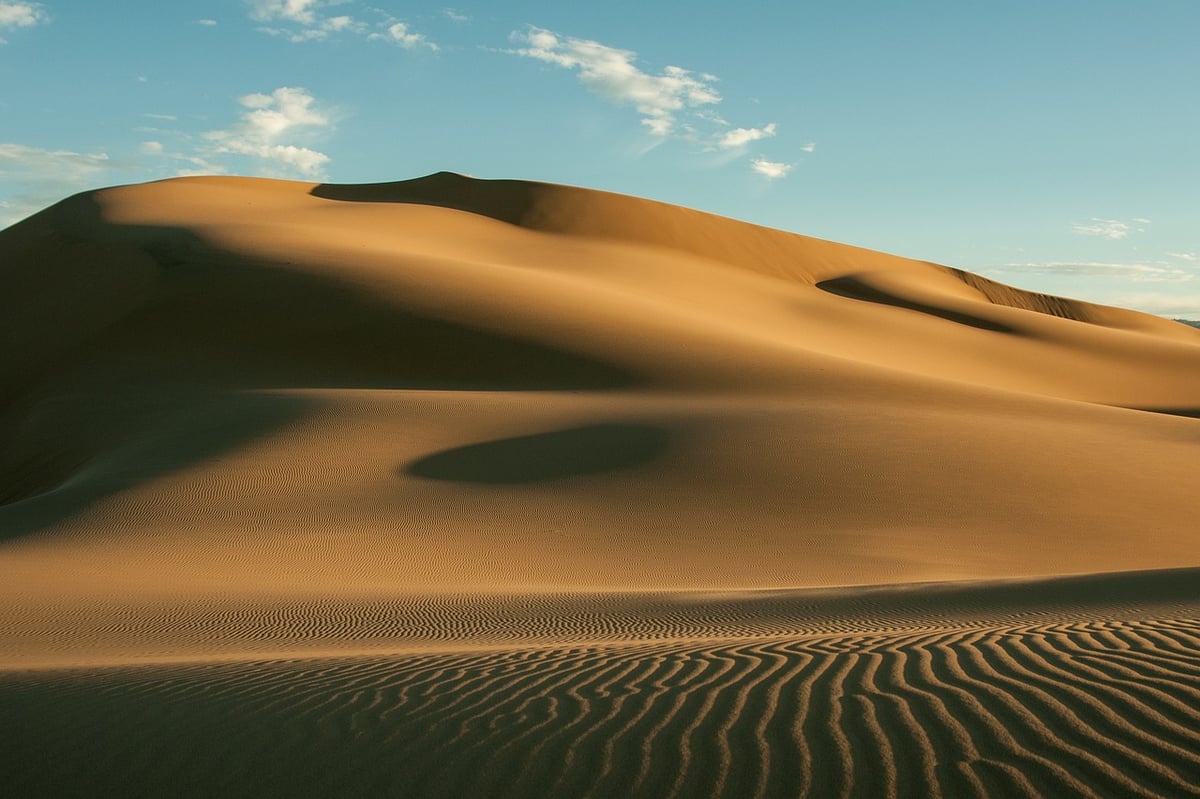The Gobi Desert is a region located in Central Asia and stretches through large parts of Mongolia and China.
The estimated area of the Gobi Desert stretches 500,0000 square miles. This is considered the fastest-growing desert on earth.

It converts around 2,250 miles of grassland into wasteland per year. In May of 2017, a sandstorm from the Gobi Desert took over 1 million square miles of Northern China and covered it in the dust.

This was a major contributor to the already poor air quality in Beijing and made it almost inhabitable.
Land restoration efforts have been put in place by the Government in China to help combat the growing destruction the Gobi Desert is having on the area.
The three-north shelterbelt program
This program is also known as the Green Great Wall of China and is a national tree-planting strategy that is designed to help restore degraded land and stop the impending desert approaching in Northern China.
The goal is to protect agricultural and pastoral land while also considering human settlements.
The Three-North Shelterbelt Programme covers an area of 4.06 million square kilometers and includes land with a population of around 170 million people. This program can be considered the largest afforestation program in the world and has a target goal year of 2050.
National action plan to combat desertification
China has also introduced another strategy called the National Action Programme to Combat Desertification.
Starting in 2002, this project has been aimed at restoring at-risk land. Since the beginning of this national program, China has seen a decreasing trend in desertification over the last 15 years which has been an incredible amount of progress.
The number of sandstorms that are being experienced in the area, especially in the city of Beijing has also been decreased from over 13 a year to now just 2 or 3.
This decrease is a great advance in combating the effects of desertification and helping to restore the land.
The Government has invested around $30 billion in its ecological projects which shows the great amount of effort and care the government is putting into this issue.
How you can help reverse the effects of desertification
If you are wondering how you can help, there are definitely ways for you to get involved;
1. Stay informed
Many times you will not hear about the desertification effects until it has reached a devastating point. Start to do your own research and learn about the different national strategies that are in place that you can get involved with. This will help you know exactly what is going on and find target ways for you to help.
2. Bring Awareness
We all have a platform nowadays. Use yours to highlight these issues and see who else in your circle might want to join in on the efforts to help reverse the effects of desertification.
3. Plant trees
Increasing the number of trees you plant will help prevent soil erosion from wind and rain because tree roots hold the soil together.
4. Improve the soil quality
This can be handled by encouraging people to minimise the amount of grazing animals they have and produce crops instead. The crops that are grown can be fertilised using animal dung. By keeping the soil together and preventing erosion, this method of growing crops can enhance the soil's quality.




